The reason Nippon TV took over Ghibli is quite understandable: the company could not find a successor after Hayao Miyazaki, who announced his retirement and left Ghibli in the late 1990s, to manage the legacy he left behind and take over the "spirit" of the company.
Goro, son of Hayao Miyazaki, who directed Ghibli's Tales from Earthsea (2006), is not in a position to take over and chart the studio's future direction, even though both Hayao Miyazaki and his colleague and studio director Toshio Suzuki have tried to find a successor.
In a statement to Nippon TV, a representative of Studio Ghibli said: "We have been looking for an answer to the question of who will take over the studio in the long term." Filmmaker Goro said: "It's not enough to take over alone. It's best to leave that to someone else."
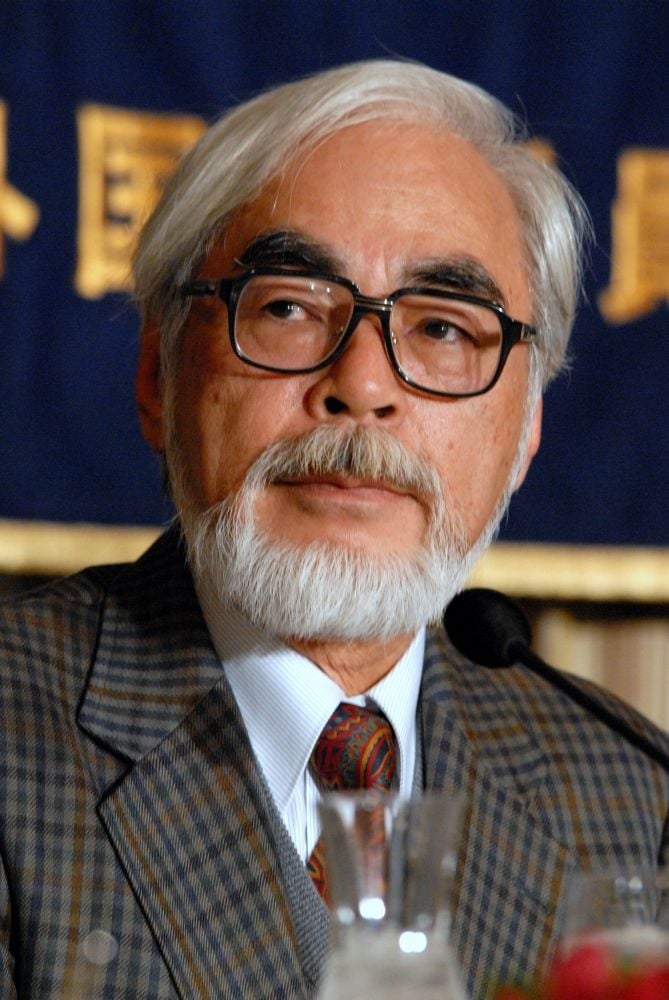
Portrait of director Hayao Miyazaki
Nippon TV, the network that has funded Ghibli productions since its inception in 1985 (it was the first network to air the studio's Nausicaa of the Valley of the Wind ), received voting rights (with 42.3% of the studio) and Ghibli became a subsidiary of the network.
Before being sold to Nippon TV, Ghibli was the brainchild of Hayao Miyazaki and his close friend, the late director Isao Takahata ( The Tale of the Princess Kaguya , 2013, nominated for an Oscar for Best Animated Feature). Born during the directors' youth, for Hayao Miyazaki, this studio clearly represented his creative perspective and the transition of his filmmaking style from a twenty-year-old apprentice to the helmsman of the entire studio.
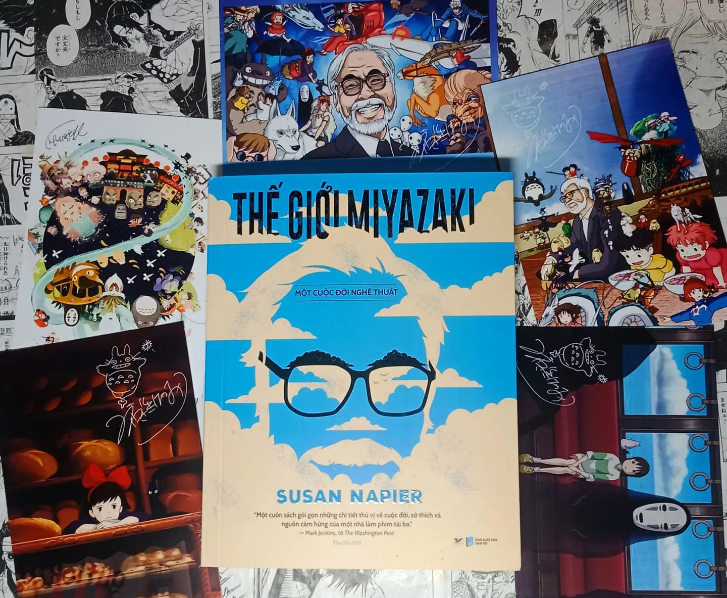
The book Miyazaki World - An Artistic Life is a fascinating work thanks to the good translation quality and charming interpretation of author Susan Napier.
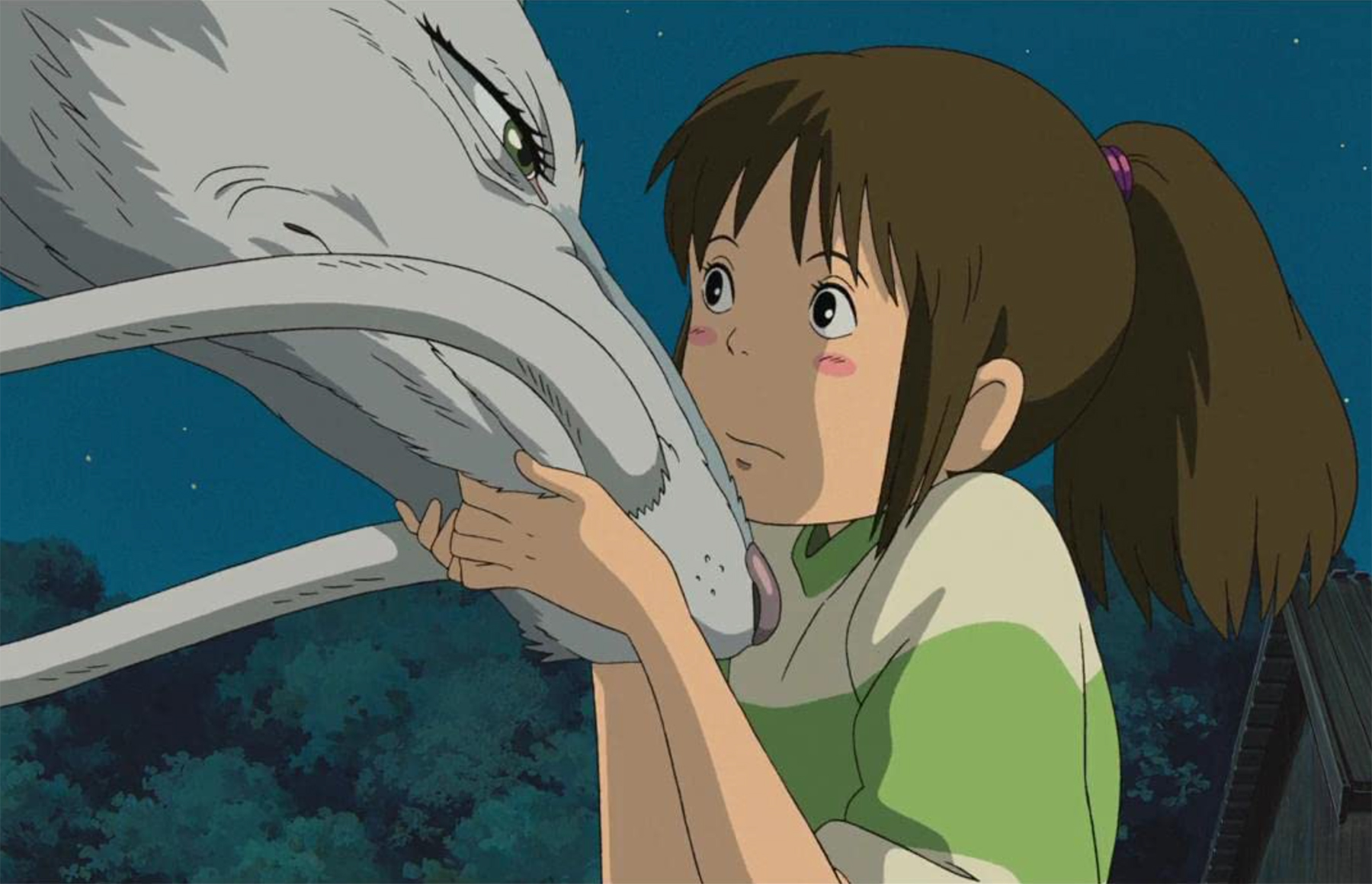
Hayao Miyazaki's film Spirited Away , released in 2001, won the Oscar for Best Animated Feature, and is still mentioned over and over again whenever Ghibli and the director's name are mentioned. This film, like many of Ghibli's films before and after 2001, is very difficult to watch. Spirited Away , as explained by Susan Napier, contains a series of views on aesthetics, religion, gender, war... of the 82-year-old filmmaker.
In the biography of the 82-year-old director: Miyazaki World - An Artistic Life by Professor Susan Napier, who teaches Japanese culture and animation at Tufts University (USA), a series of valuable pages of information about Hayao Miyazaki's youth, work productivity, and incredible aesthetic thinking are introduced to Vietnamese readers for the first time.
It turns out that beneath the beautiful frames of Ghibli are the crystallization and constant struggles of Hayao Miyazaki and the creative team. Hidden within those frames are layers of memories of the director, collected from his own life from childhood until now.
Hayao Miyazaki started out as an apprentice at Toei Animation, then became an animator in 1963 - at the age of 22. 8 years of hard work at Toei Animation had a huge impact on Hayao Miyazaki's aesthetic tendencies and helped him become one of the most influential filmmakers in the anime industry later on. It also explains why a series of seemingly "Europeanized" details and drawings appear many times in Ghibli's films, and why war is so often repeated in his films.
During the process of leading Ghibli and his colleagues, Hayao Miyazaki wanted to leave many times. But then, he had to return to "take care" of the child he founded. The acquisition of Ghibli this time is considered one of the important events in the company's operation.
Source link



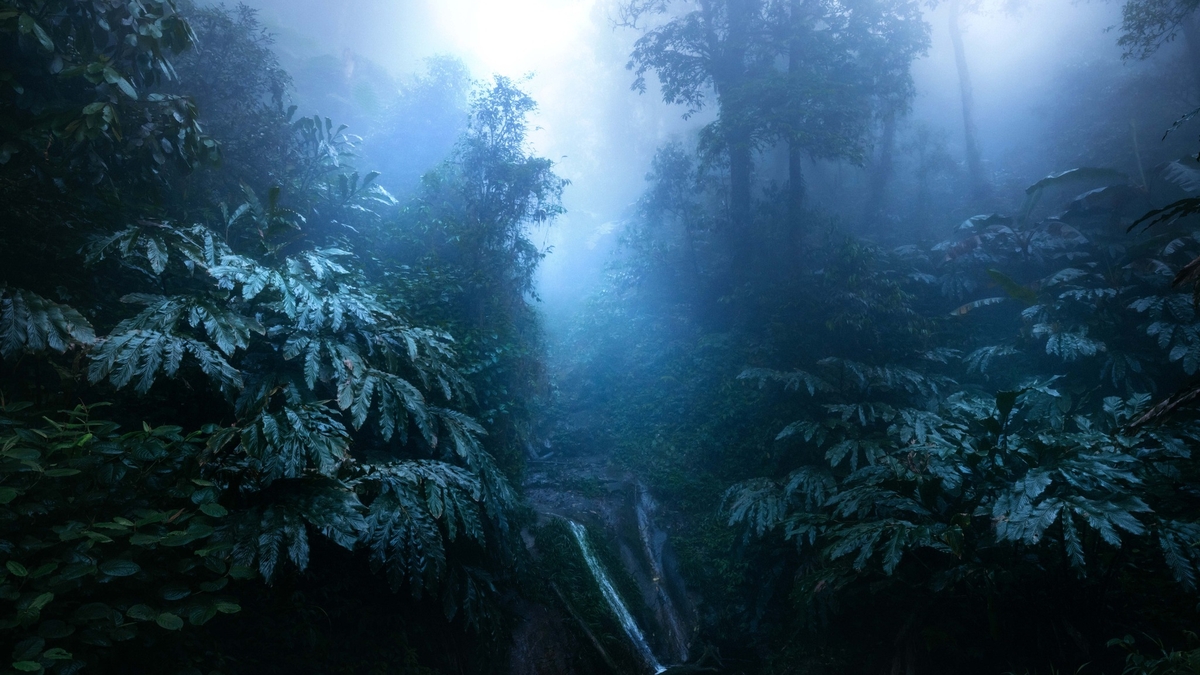
![[Photo] General Secretary To Lam attends the 18th Hanoi Party Congress, term 2025-2030](https://vphoto.vietnam.vn/thumb/1200x675/vietnam/resource/IMAGE/2025/10/16/1760581023342_cover-0367-jpg.webp)
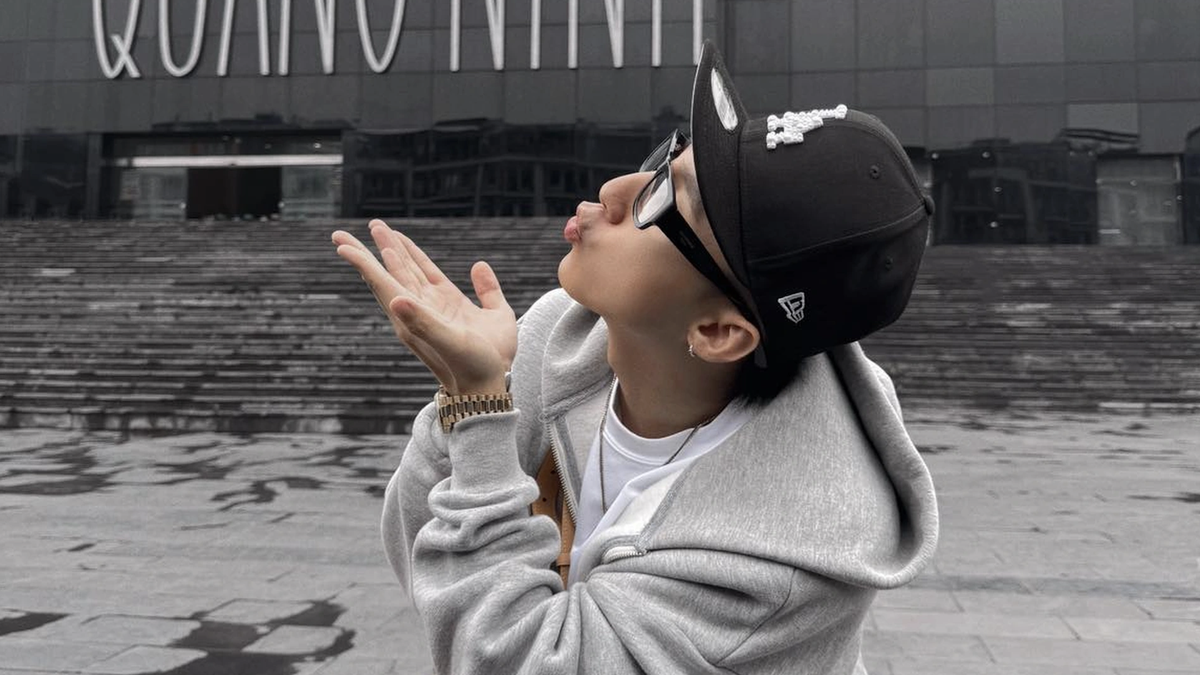
![[Photo] Conference of the Government Party Committee Standing Committee and the National Assembly Party Committee Standing Committee on the 10th Session, 15th National Assembly](https://vphoto.vietnam.vn/thumb/1200x675/vietnam/resource/IMAGE/2025/10/15/1760543205375_dsc-7128-jpg.webp)
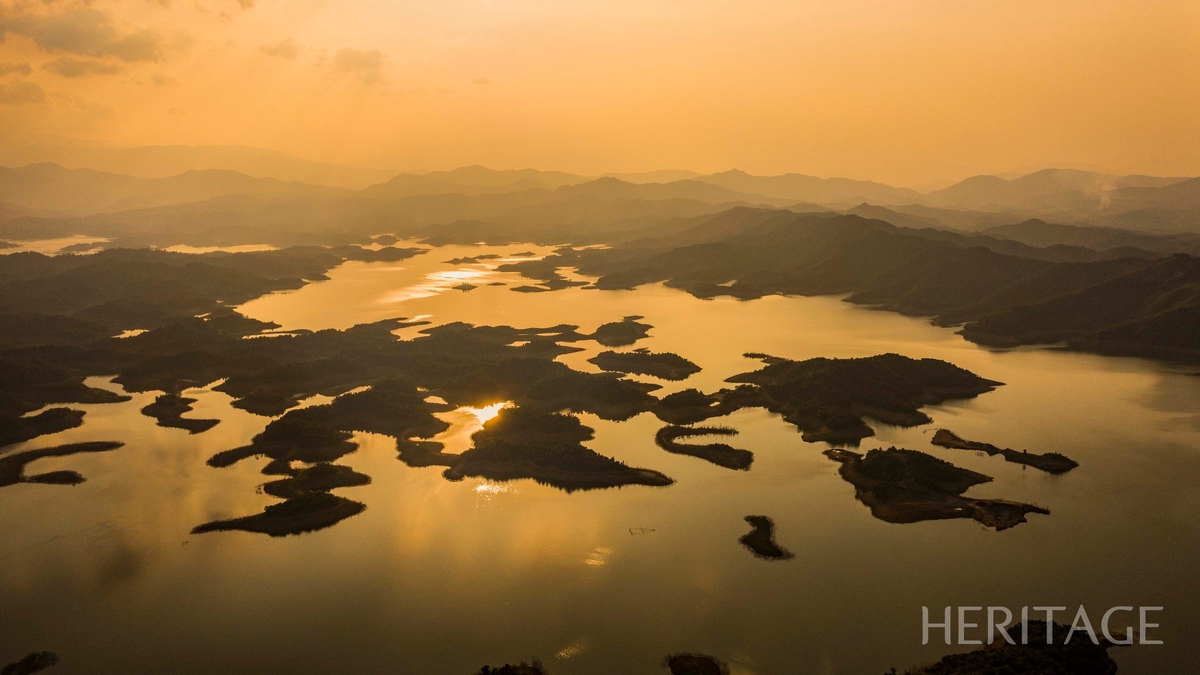
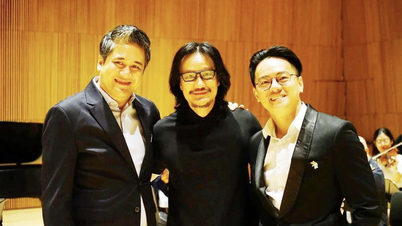






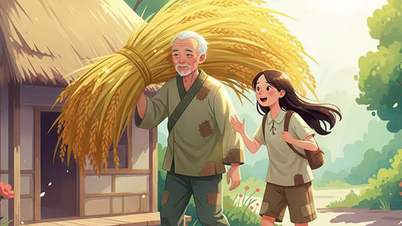
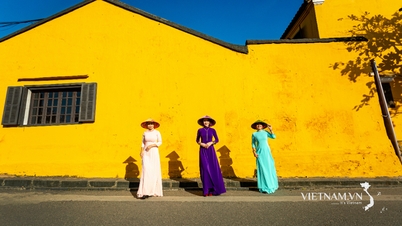





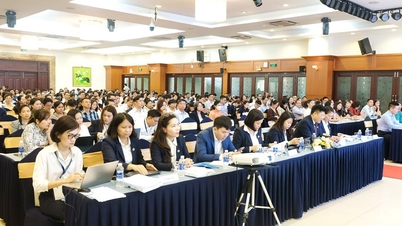

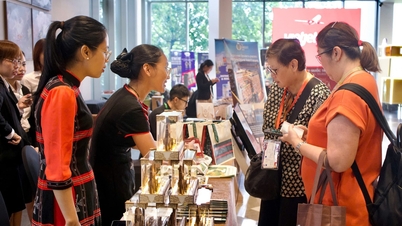
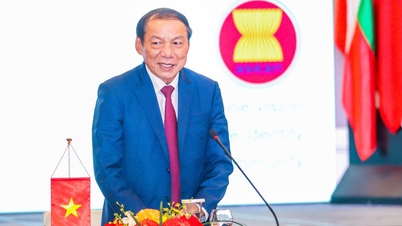

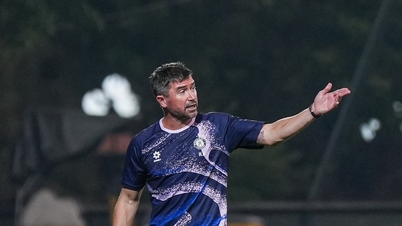
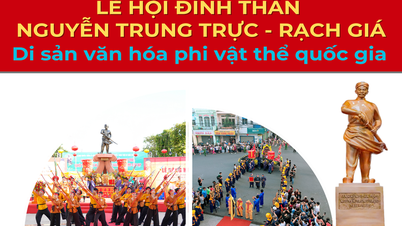

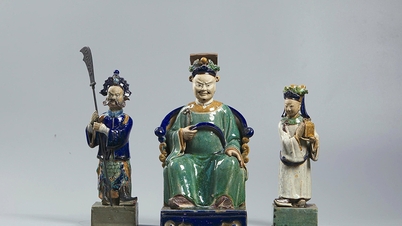

![[Video] TripAdvisor honors many famous attractions of Ninh Binh](https://vphoto.vietnam.vn/thumb/402x226/vietnam/resource/IMAGE/2025/10/16/1760574721908_vinh-danh-ninh-binh-7368-jpg.webp)
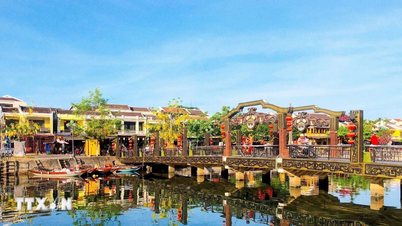
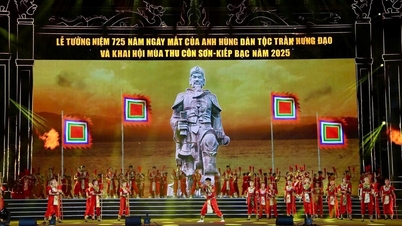



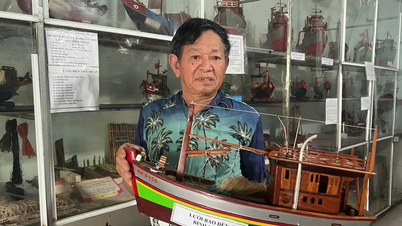


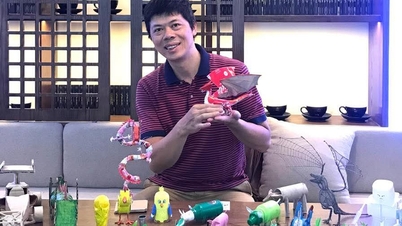

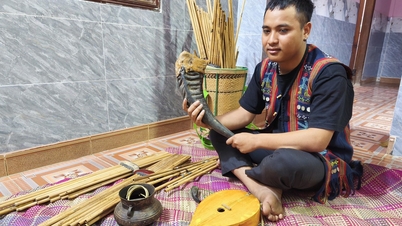
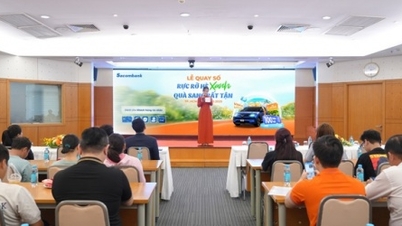



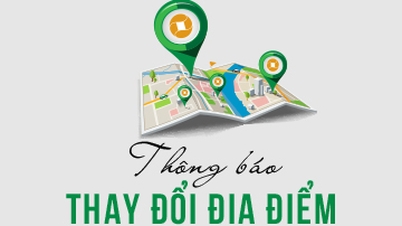

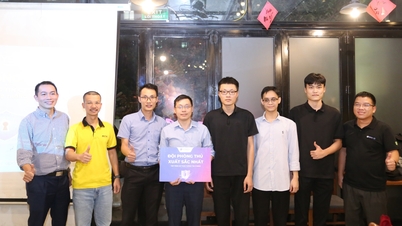




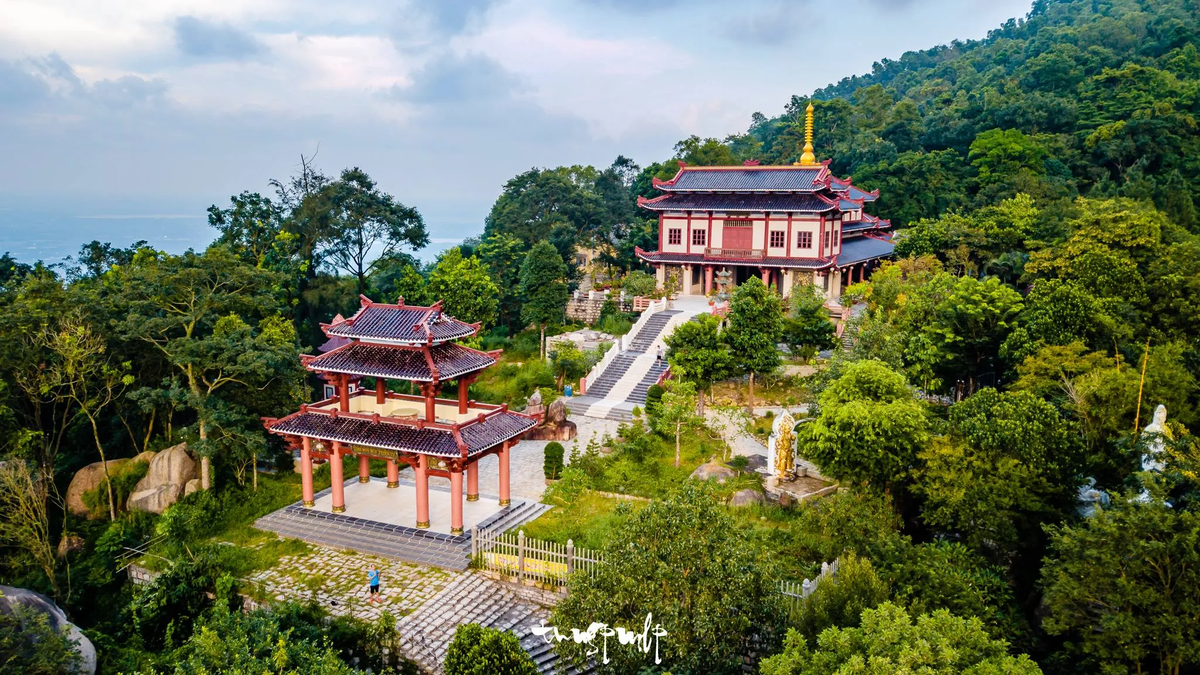
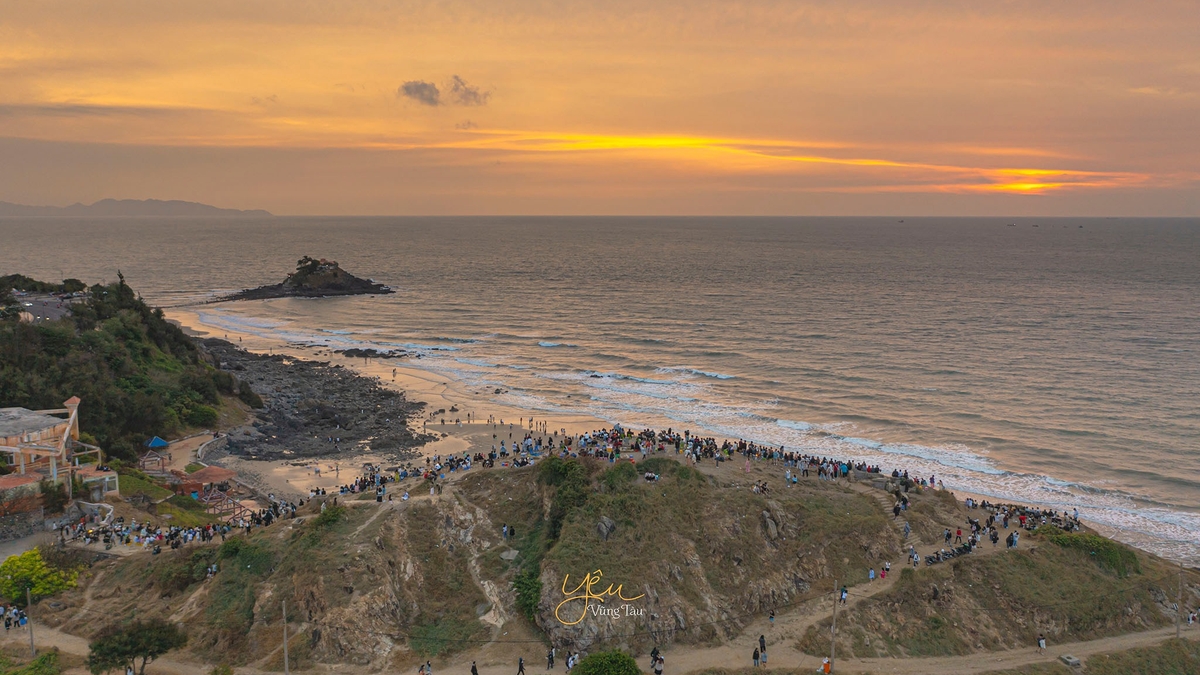
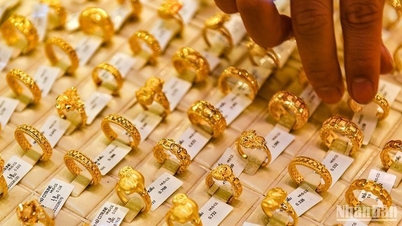

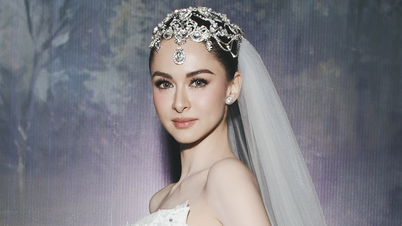


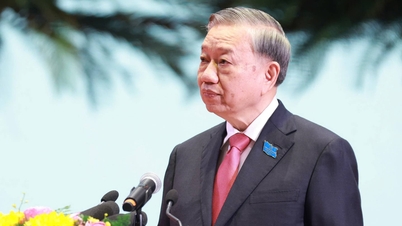

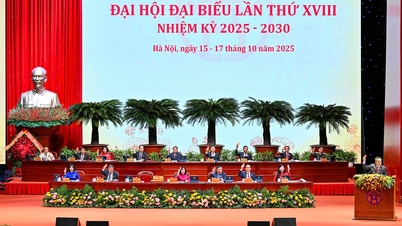

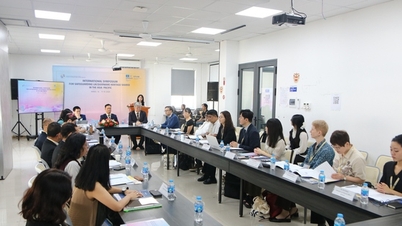

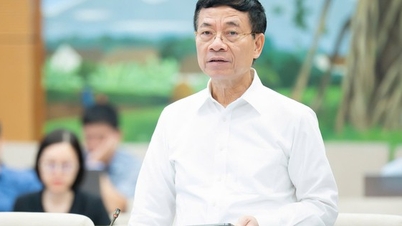



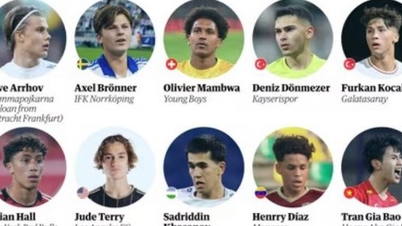
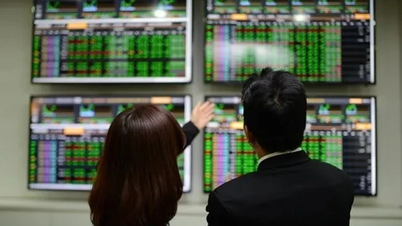



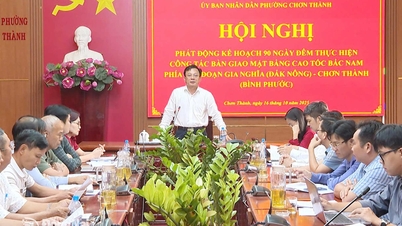
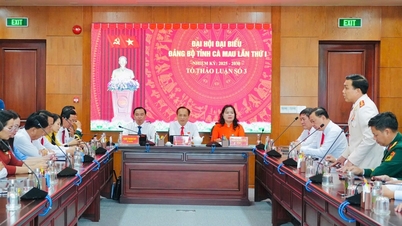
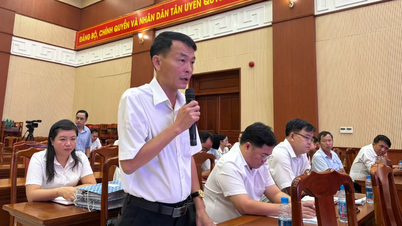










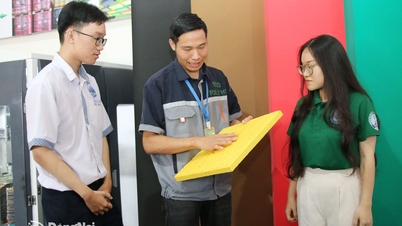
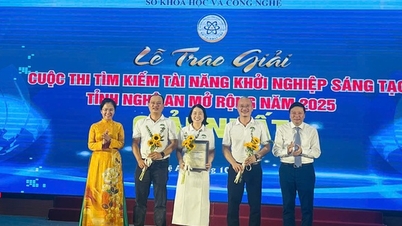



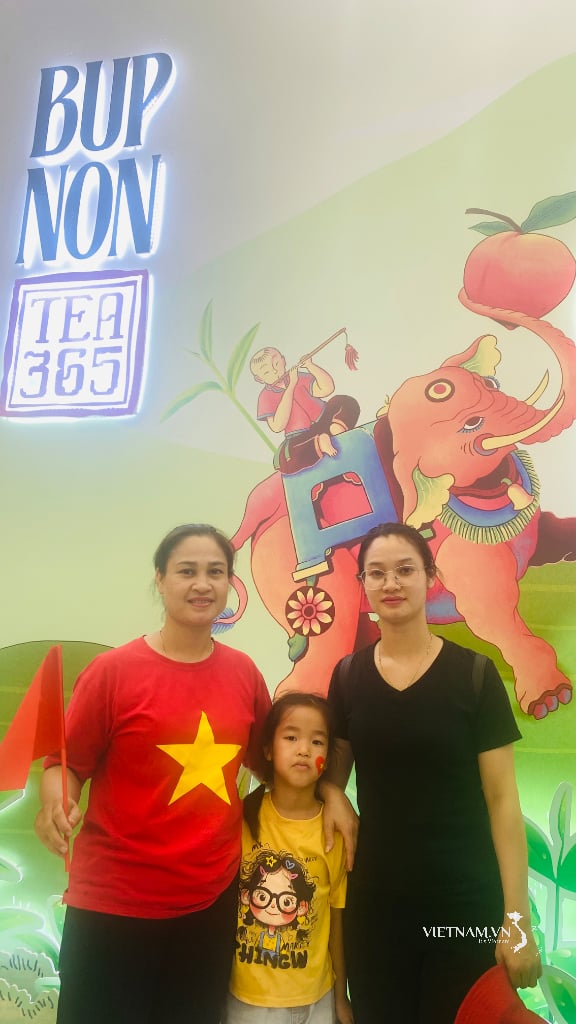
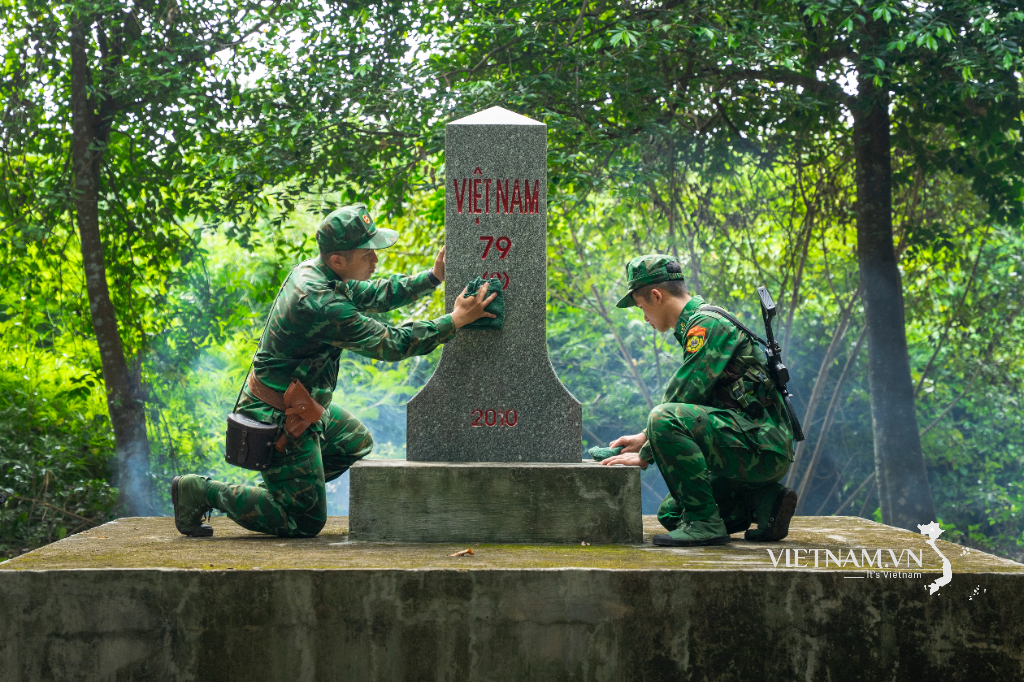
Comment (0)